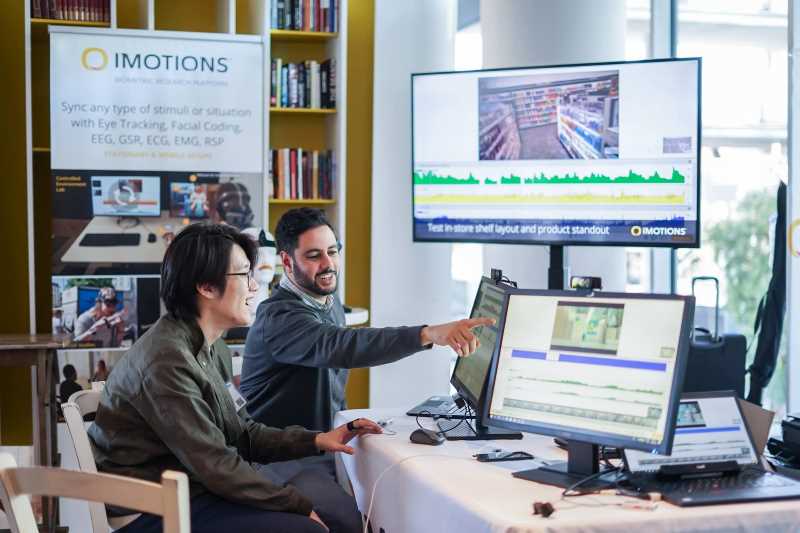Best practice for the assessment of autism spectrum disorder (ASD) symptom severity relies on clinician ratings of the Autism Diagnostic Observation Schedule, 2nd Edition (ADOS-2), but the association of these ratings with objective measures of children’s social gaze and smiling is unknown. Sixty-six preschool-age children (49 boys, M = 39.97 months, SD = 10.58) with suspected ASD (61 confirmed ASD) were administered the ADOS-2 and provided social affect calibrated severity scores (SA CSS). Children’s social gaze and smiling during the ADOS-2, captured with a camera contained in eyeglasses worn by the examiner and parent, were obtained via a computer vision processing pipeline. Children who gazed more at their parents (p = .04) and whose gaze at their parents involved more smiling (p = .02) received lower social affect severity scores, indicating fewer social affect symptoms, adjusted R2 = .15, p = .003.
Related Posts
-

Why Dial Testing Alone Isn’t Enough in Media Testing — How to Build on It for Better Results
Consumer Insights
-

The Power of Emotional Engagement: Entertainment Content Testing with Affectiva’s Facial Expression Analysis
Consumer Insights
-

Tracking Emotional Engagement in Audience Measurement is Critical for Industry Success
Consumer Insights
-

How Real-Time Audience Intelligence Is Revolutionizing Modern Advertising
Consumer Insights

